Out there in the wild, it is the survival of the fittest. Many wildlife species go extinct due to natural selection, but a far greater number of species are exterminated because of human activities. The reckless consumption of animal products continues to disturb the balance in nature, the situation just keeps getting bleaker. Deforestation, hunting, poaching, and intrusion have brought down many of these animals to just a few hundred.
The following are some of the rarest animals that walk on earth today. Unfortunately, some of them would be wiped off the face of this planet sooner than we will realise.
Amur Leopards
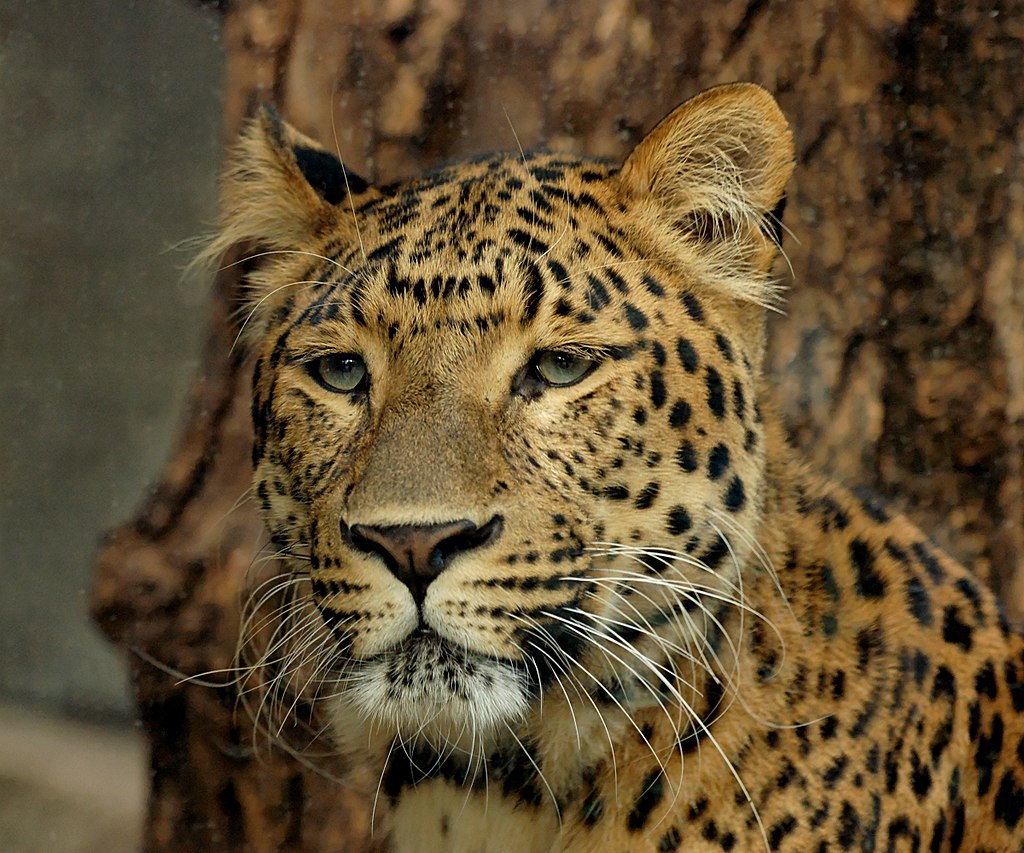
As one of the rarest animals on the planet, there are only an estimated 100 Amur Leopards in the wild. And their range is limited to the Primorsky Krai region of Russia and the Jilin Province of north-east China where they are highly protected, so much so that killing an Amur Leopard can attract a jail term of 5 to 7 years, along with a hefty fine. These leopards have adapted themselves to the harsh climatic conditions and can grow a coat of 7 centimetres thick in winters; on the other hand, in summers, this coat is reduced to 2.5 centimetres thick. It is one of the most beautiful patterned animals in the world, with black splodges and flecks. Interestingly, these leopards can be identified by their unique spot patterns, as humans can be by their fingerprints.
Hector's Dolphins
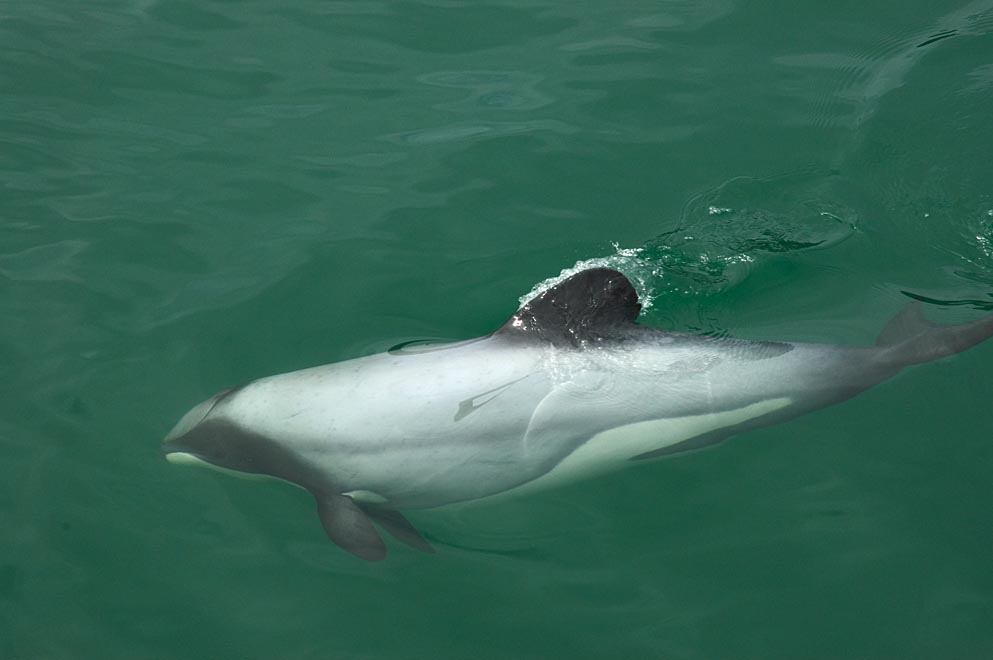
Hector’s Dolphins grow not over 1.5 meters in length, and that makes them one of the world’s smallest marine dolphins. There are about 15,000 dolphins currently in the wild, all of them found in the waters surrounding New Zealand. Hector’s and Māui dolphin are two subspecies found in the South Island and North Island, respectively. Unlike the hooked or curved dorsal fin, these dolphins have a round dorsal fin and black and white markings all over their bodies.
Ili Pika
They look like little teddy-bears! Ili Pikas were first discovered over 20 years ago in northwestern China. As one of the rarest animals on earth, Ili Pika has been spotted by locals only 29 times since 1983. Unlike their American counterparts, Ili Pikas reside at higher elevations - between 2,000 to 4,000 meters. It was the summer of 2014 when scientists re-discovered these little mammals in the Tianshan Mountains. The little animal that was spotted was about 8 inches long, had a small grey head with large ears, and had brown spots over its fur. Given their tiny size, these pikas are known to subsist on mountain grasses and herbs. It is estimated that in the 1990s, more than 2000 individuals were found in the wild. The reason for the decline is attributed to climatic changes.
Mediterranean Monk Seal
The Mediterranean Monk Seal is one of the few surviving monk seal species in the world, with only 600 to 700 individuals left in the wild. Their populations are concentrated in the Eastern Mediterranean, Southwestern Mediterranean, Madeira Archipelago, and Mauritania.
The other species, the Hawaiian Monk Seal is the most endangered seal species in the world while the third, the Caribbean Monk Seal became extinct in the 20th century.
Sumatran Rhinoceros
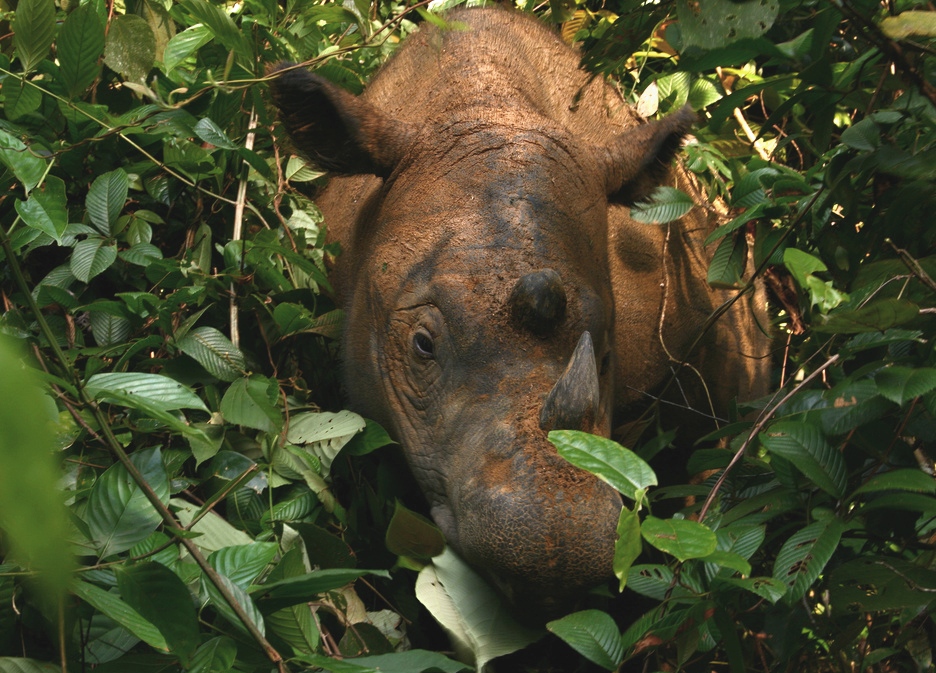
Of all the rhino species, this one is the smallest. They are also the only Asian rhino species with two horns! Today, the Sumatran Rhinoceros are one of the most endangered of the large animals, with estimates that there are less than 30 left in the world. The rhinos originally roamed throughout eastern India and southern China and later expanded to Sumatra and its neighbouring islands. Over the years, the population declined due to rising sea levels and changes in climate which altered their natural habitat.
Vaquita
Experts believe that there are less than 20 vaquitas left in the wild waters. In comparison to that, there were more than 600 alive in 1997. Today vaquitas exist only in the Gulf of California (or the Sea of Cortez) off the Mexican coast. They are a species of porpoise, are only about four and a half feet long, and are the smallest of all the living aquatic mammals. One of the primary reasons for the decline in their population is death as bycatch. Totoabas (a delicacy in China) are extensively fished in the Sea of Cortez and as a result, many vaquitas get caught in the gill nets and die. With only a handful left in the wild, conservation efforts are implemented by governments and international committees.
The Chinese Giant Salamander
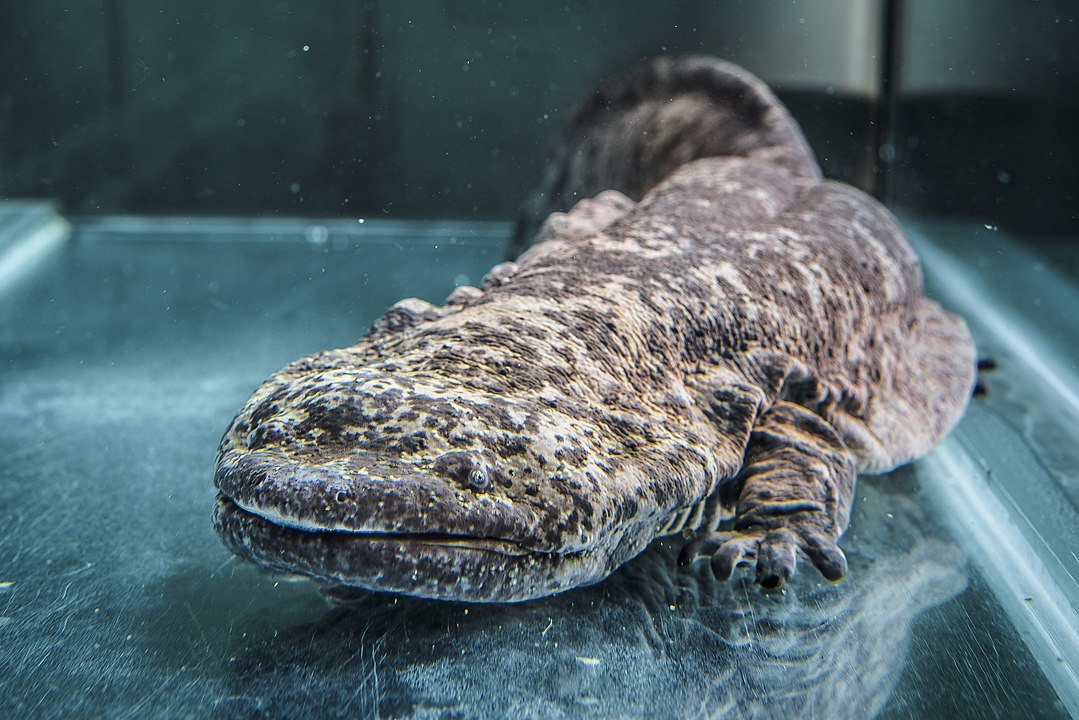
The Chinese Giant Salamander is considered the biggest amphibian on Earth and one of the largest salamanders. This gentle giant stretches over 1.4 meters (4.5 feet) long and weighs 53 kilograms (114 pounds). They live in the Yangtze river basin of central China. Unfortunately, today the population is on a steep decline, habitat destruction and overhunting being the prime reasons.
Chacoan Peccary
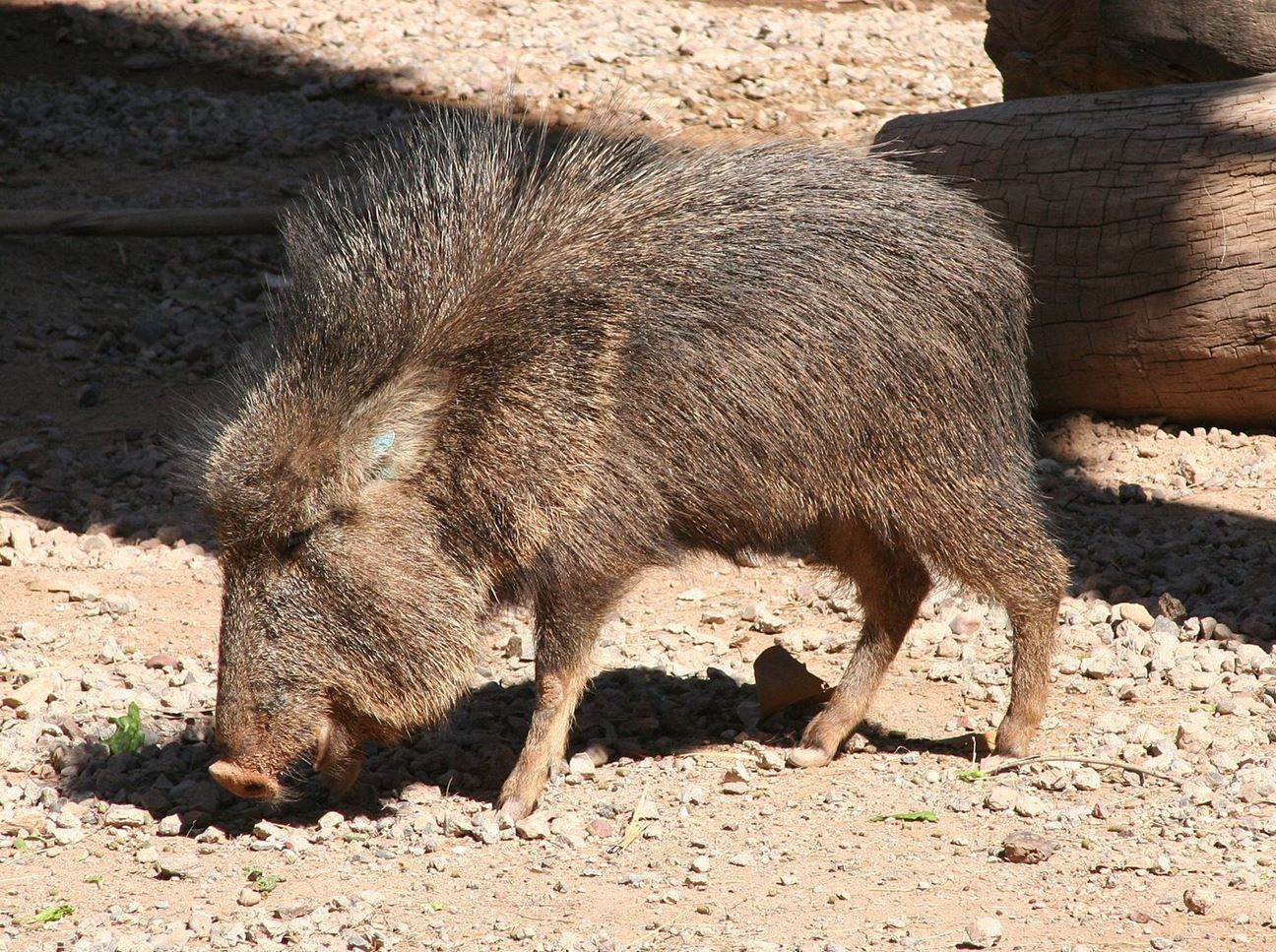
The Chacoan Peccary, or tagua, is the last surviving species of the genus Catagonus. They are believed to be the closest living relatives of the now-extinct Platygonus. They were formerly found in some isolated regions of South America, but today live in the Gran Chaco region of Paraguay, Bolivia, and Argentina. Today, less than 1000 individuals live in the wild. They are known to have many pig-like features with bristle-like hair on the back, and a leathery snout.
Red Wolves
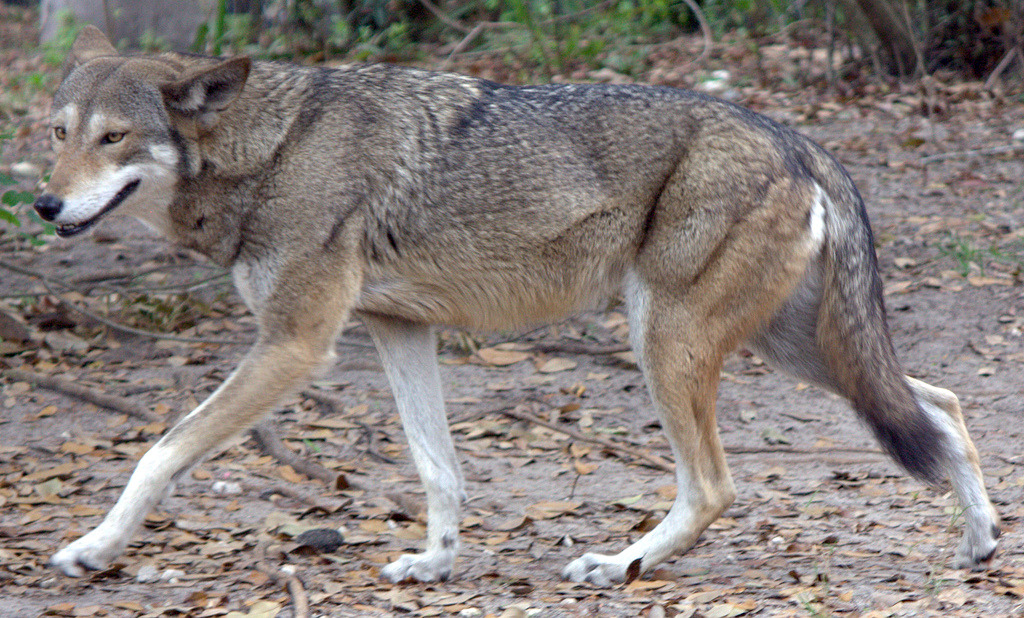
Today classified as critically endangered, Red Wolves are native to southeastern parts of the United States. Their sizes are intermediate between that of a coyote and a grey wolf. Adults typically weigh between 25 to 40 kgs and are 50 to 60 inches in length. Back in 1973, over 400 individuals were captured from the wild, of which only 17 turned out to be pure breeds of red wolves. From there started the conservation efforts, and the wolves were bred in captivity. Sixteen years later, eight red wolves were reintroduced in the wild which later resulted in successful breeding outside captivity. The decline in population has been a result of human activity. And sadly, as of today, only eight wolves remain in the wild.
Addax

Addax, an African antelope, mostly lives in the Sahara desert. They are also known as white antelope or screwhorn antelope and have striking spiral horns which are known to grow 75 to 110 centimetres long. Their build is stocky, with shorter legs compared to their counterparts. This makes them slow and easy to hunt by larger predators. Male addaxes weigh an average of 115 kilograms, while female addaxes can weigh an average of 90 kilograms. Interestingly, their fur changes colour as per the weather - alternating between pale in summers and smoky grey in winter. In the last quarter of the 20th century, addax nearly became extinct as a result of extensive poaching and motorization of forest areas. Today, less than 500 individuals are known to exist in the wild.
Philippine Crocodile
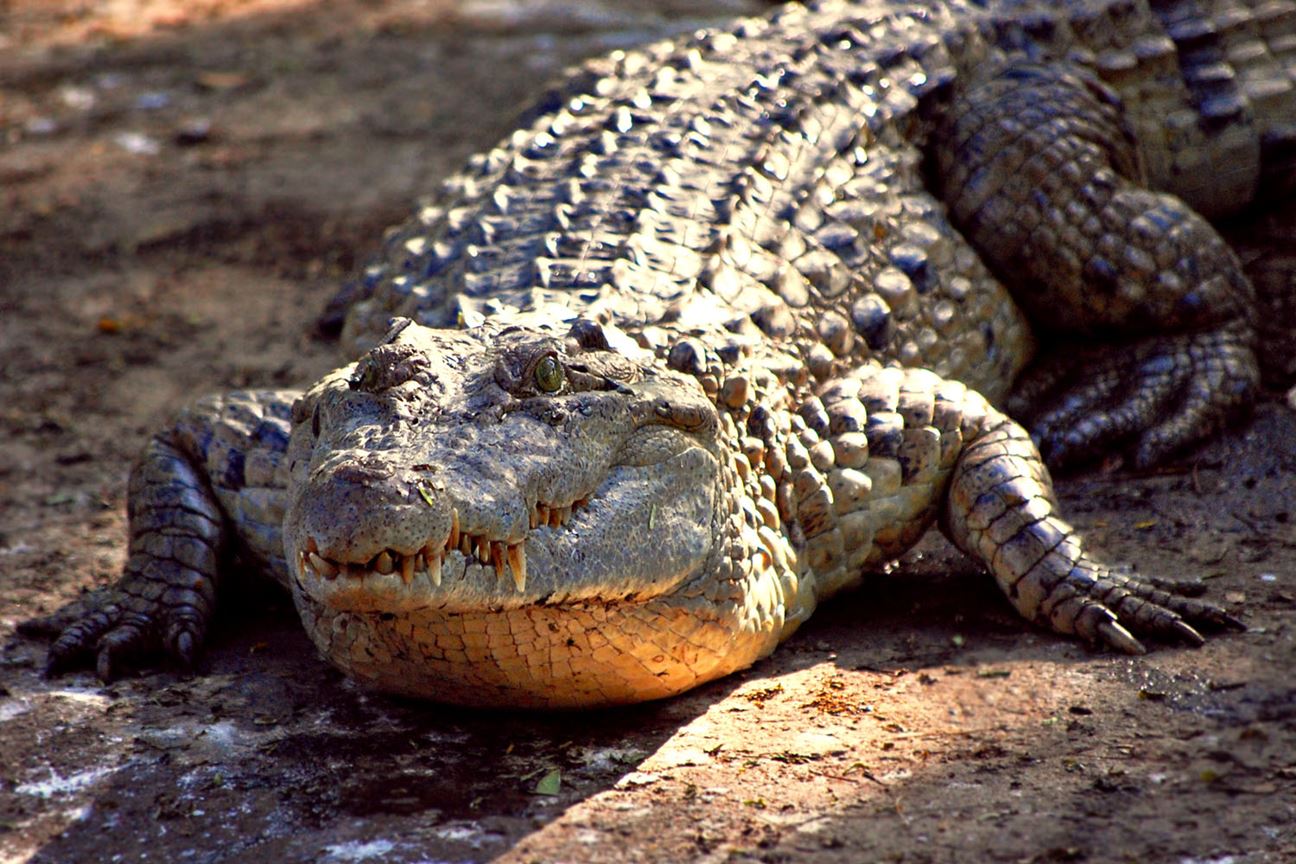
Of the many crocodilian species, the Philippine Crocodile remains one of the most endangered species. These crocodiles go by many names - the Bukarot, the Mindoro crocodile, and the Philippine Freshwater Crocodile. This freshwater crocodile is relatively small, reaching only 1.5 meters and weighing 15 kilograms at maturity. Today, a few individuals live in the Northern Sierra Madre Natural Park. This number does not exceed 100, and loss of habitat due to human encroachment remains the main reason for this decline.
South China Tiger
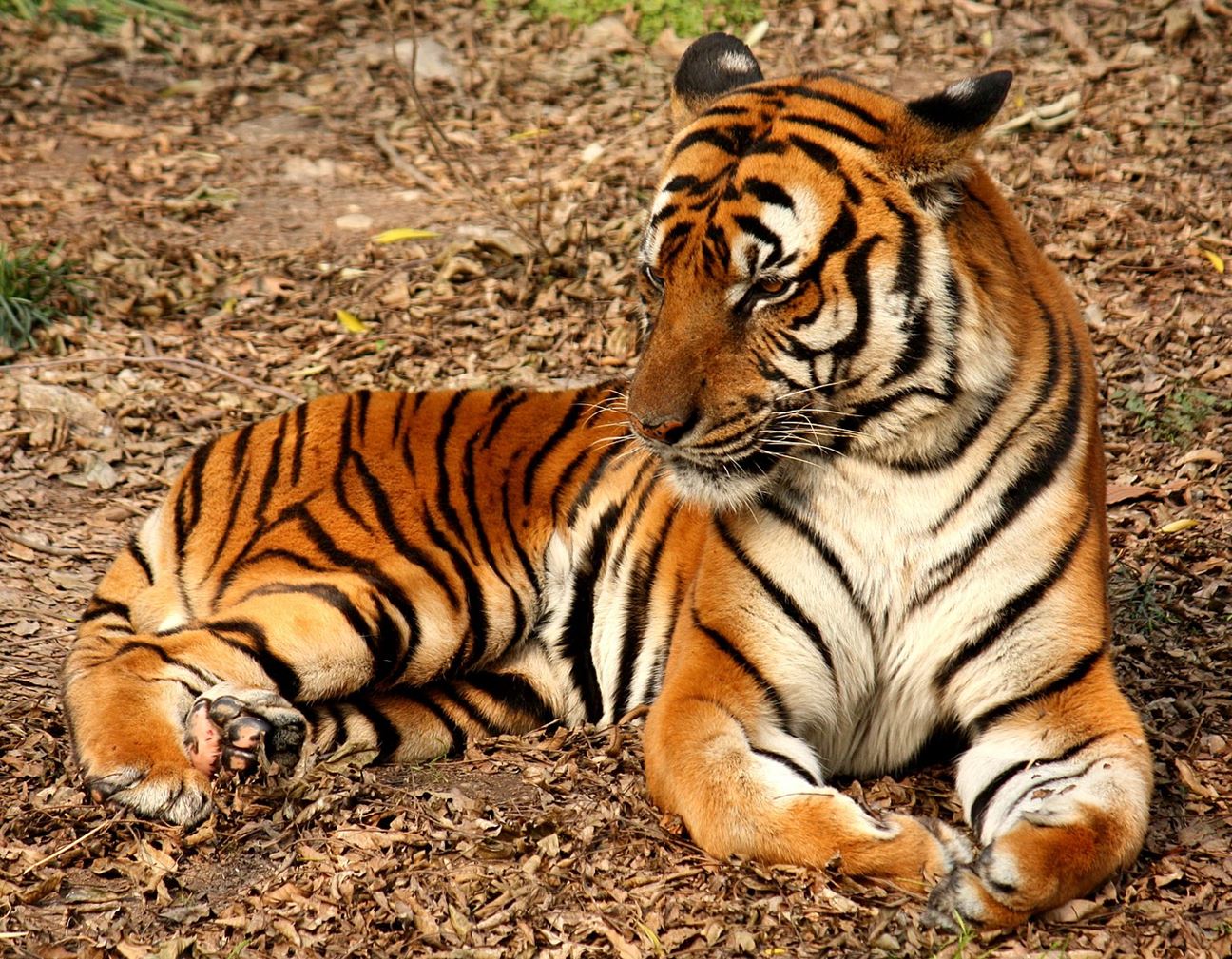
The South China Tiger lived in Hunan, Fujian, Guangdong, and Jiangxi provinces of China. Back in the 1950s, there were some 4,000 South China Tigers in the wild, but post-1980s, there has not been a single tiger that has been spotted in the wild. The reason for their population decline is the degradation of habitat and hunting. It is believed that this tiger is possibly extinct in the wild. Since 1985, there are 40 odd pure-bred tigers that are kept in the zoo. As per the latest reports from 2016, there are 19 individuals that live in the Laohu Valley Reserve in South Africa.
Greater Bamboo Lemur

An extremely rare primate, the greater bamboo lemur was consecutively listed on the 25 most endangered primates in the world for a period of 8 years! They were believed to be extinct, till a few individuals were spotted in the south- and central-eastern Madagascar in 1986. Since then, some 500 plus individuals are known to live in the wild. They also go by the name broad-nosed bamboo lemur or the broad-nosed gentle lemur and weigh only 2.5 kilograms!
Ligers
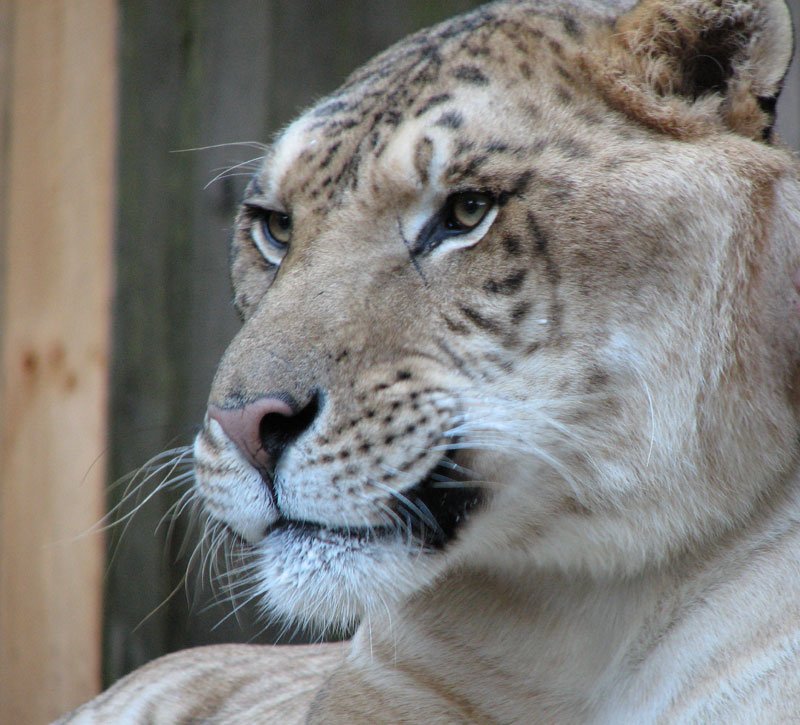
Ligers are born to a male lion and a female tiger! All ligers of the world are bred in captivity and possess the features of both the parents, in different proportions. Male lions are known to undergo competitive mating behaviour and are known to possess growth-maximizing genes. And for this reason, compared to their parents, ligers are considered both larger and heavier. When it comes to their size, the largest recorded liger is said to be more than 11 feet in length and weighed more than a 1000 kilograms! As per the reports from 2017, one hundred ligers have known to exist.
Tigon is yet another big cat hybrid, which is an offspring of a male tiger and a female lion. Almost all ligers and tigons are known to be sterile, but there have been exceptions.
Peruvian Spider Monkey
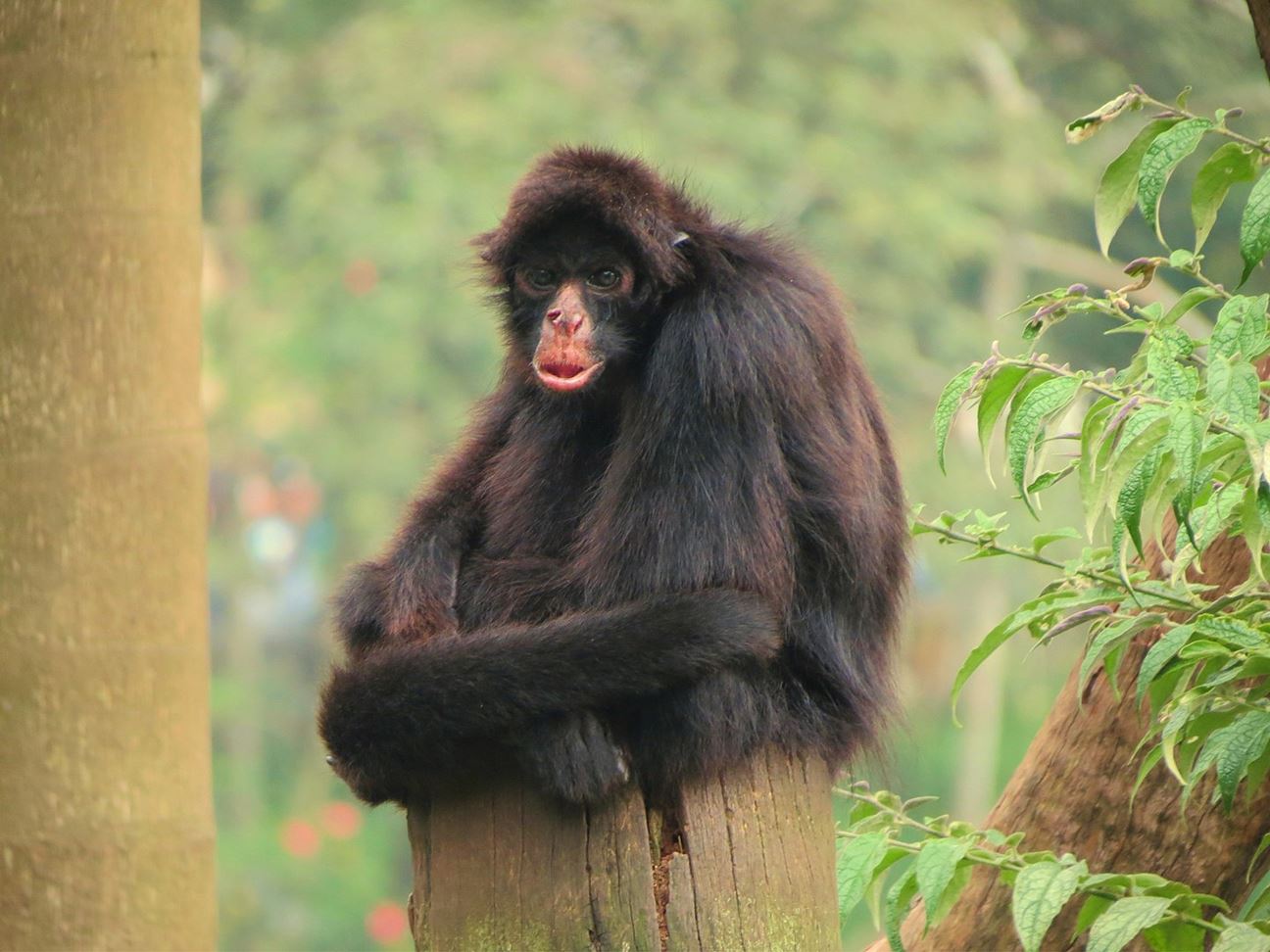
Peruvian spider monkeys, also called the black-faced black spider monkey, is one of the most endangered animal species that live in the Amazon forests of Brazil, Bolivia, and Peru. They are important to the ecosystem since their vestigial thumb helps them swing from tree to tree, thus making them efficient dispersers of the seeds of many native Amazon rainforest tree species. The species was listed as ‘least concern’ in 2003, and in less than 20 years, it is now a threatened species. The decline in population happened due to loss of habitat and exploitation by humans.